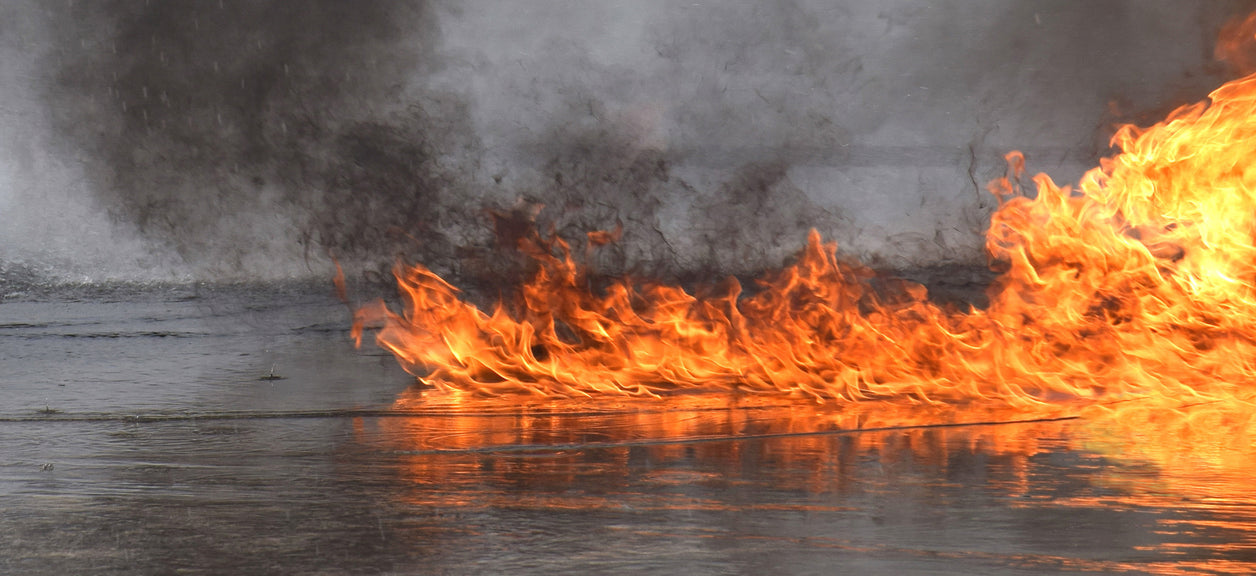
What is the safe drinking water act?
On June 22, 1969, fire met water on the Cuyahoga River in Ohio, and fire won. For years, industries had dumped waste into the river, resulting in a toxic sludge on the water. While the exact cause of the river fire remains unknown, experts believe a passing train set off sparks that ignited the sludge. In an unbelievable sight, the river caught fire.
The Cuyahoga River fire was one of many American environmental disasters in the late 1960s and early 1970s. As people rallied to protect the environment, the U.S. Congress responded with the Clean Air Act (1970) and the Clean Water Act (1972). Then, in 1974, legislators passed a law that flows through millions of American households everyday: the Safe Drinking Water Act (SDWA).
The purpose of the SDWA is to ensure a clean and safe water supply for public consumption. Through this law, the U.S. Environmental Protection Agency (EPA) is given the authority to set national standards to protect “against both naturally-occurring and man-made contaminants that may be found in drinking water.” These include toxins such as industrial chemicals, pesticides and animal waste. When the law was enacted, the EPA set limits for 89 potentially toxic chemicals, bacteria and viruses in the water.
Once the EPA set the national limits, public water officials at the state level were given the responsibility for maintaining the federal standards. For years after 1974, the EPA issued updates on new contaminants found in the public water supply. The state managers, however, pushed back because they could not keep up with all the new regulations. In 1996, the SDWA was amended, and in the years since then, “not a single new contaminant has been regulated under the law.”
Thankfully, despite the loosening of SDWA regulation, the United States continues to have some of the safest drinking water in the world. If you’re eager to know more about the water flowing through your kitchen tap, order a Consumer Confidence Report from your local officials.
Looking for more assurance about the water in your home? The Coway Aquamega 100 water filtration system can help. With the Coway Aquamega 100, our researchers have developed a triple-filtration system that reduces contaminants by up to 99.9%, including lead, so you and your family can enjoy cleaner water from your tap.
Disclaimers
1Coway air purifiers have been proven to trap dust, pollen, dander, viruses and bacteria in the air based on KCL (Korea Conformity Laboratories) testing.They have been tested in a 30㎥ size chamber according to the Korea Air Cleaning Association standard (SPS-KACA 002-132:2022 Modified) to measure the 0.01㎛ size of particle removal rate. It was tested on maximum airflow speed in normal room temperature and humidity conditions. The performance may vary in the actual living environment of customers.
→ Tested with Airmega Aim, 50, 100, 150, 160, Tower AP-1216L, Mighty AP-1512HH, MightyS AP-1512HHS, 200M, Icon, IconS, 230, 240, 250, 250 Art, 250S, 300, 300S, 350, 400, 400S, 450, ProX
299.97% of viruses, bacteria, fungi and pollen were verified to be removed from the air for Coway air purifiers which have Green True HEPA™ filter applied based on the Japan Food Research Laboratories(JFRL) testing according to JEM 1467 standard.
→ Tested with Coway Airmega Mighty AP-1512HH, MightyS AP-1512HHS, 250, 250 Art, 250S, 300, 300S, 400, 400S
→ All tested by JFRL and received above result within below time.
4The concentration of ammonia, acetaldehyde and acetic acid were proven to be removed within 30 minutes by FCG Research Institute, Inc. Human Life Science Lab. It is not a demonstration result in the actual use space. Not all odors and gases may be supported. → Tested with Coway Airmega 150, 160, Mighty AP-1512HH, MightyS AP-1512HHS, 400, 400S
5The coverage area of the air purifier is based on an area where the air cleaner can make two air changes per hour (ACPH). An air change per hour translates to how many times an air purifier can clean an area, assuming the height of a ceiling to be 8 ft, in one hour. Therefore ** means two air changes per hour means that the cleaner can clean the area once every 30 minutes and * means air changes per hour means that the air purifier can clean the area once every 60 minutes.
10Terms and conditions apply. Discounts, including promotions, coupons, bundle discount and subscription discount, cannot be stacked on top of other coupons. During promotional periods, discount codes will not be able to be applied to orders. Promo codes may apply to products only—filters, accessories, and new products within 3 months of the release date are not included.
11Based on Coway R&D internal laboratory testing, activated carbon filtration was shown to remove up to 95% of ammonia odors within 40 minutes, and up to 99% of fecal odors within 20 minutes. Actual performance may vary depending on usage conditions.



























